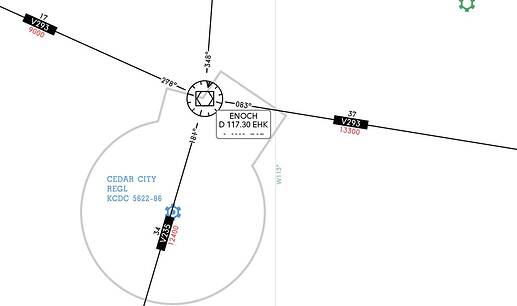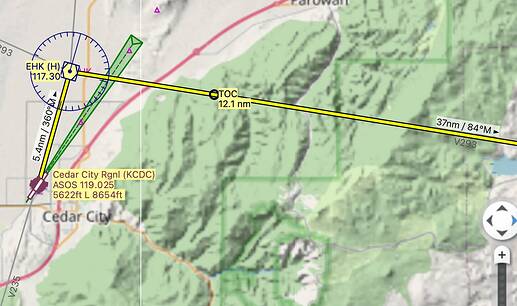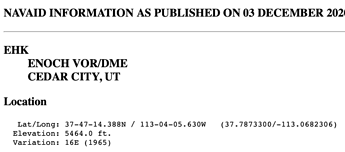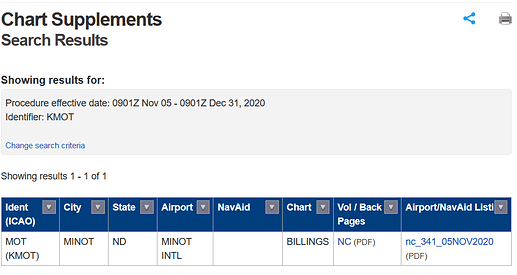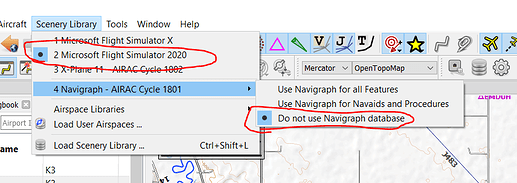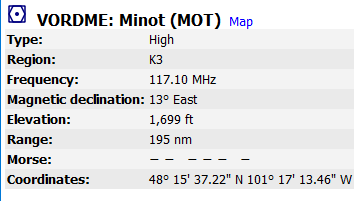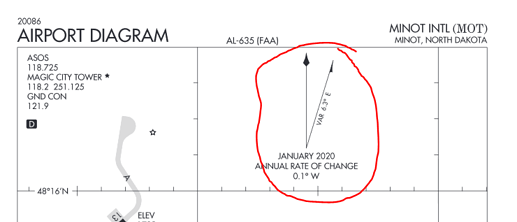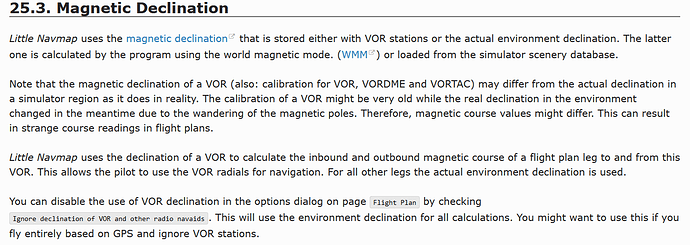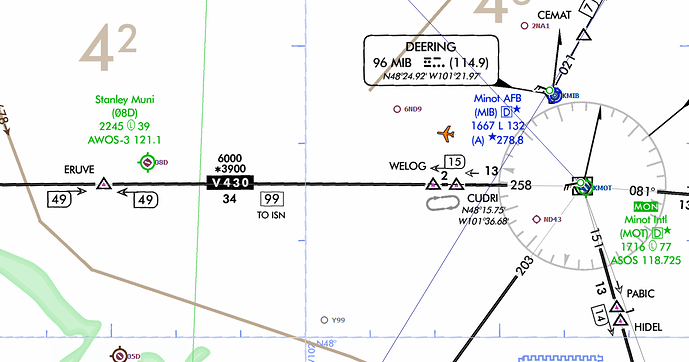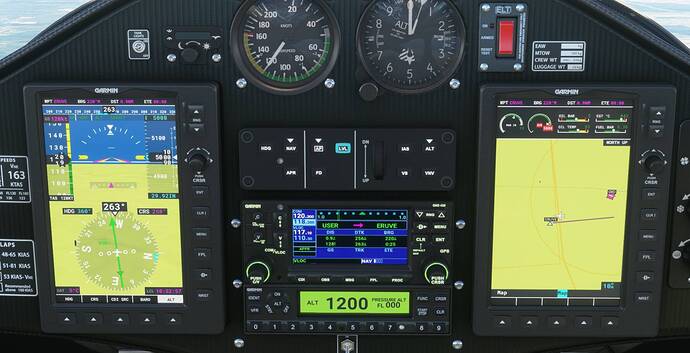Edit: Updated this post after I originally wrote it, to avoid leaving incorrect information in it.
Let’s use KMOT and the MOT VOR as an example, since that is in the helpful Civil Air Patrol document I listed above.
KMOT search in the FAA’s Chart Supplement Database
In the ‘Airport/NavAid List’, the MOT VOR is listed as having its 360 degree radial oriented at 13 degrees east of true north:
This data is current through 31 Dec 2020 per the footer at the bottom of the PDF.
This is also what is shown in LittleNavMap if you look at the ‘information’ for the VOR, with the MSFS scenery database providing all Nav data (this setting is very important, or else you’ll end up using an out of date Navigraph database for Navaids, which includes VORs)
The current magnetic declination at KMOT per the Airport Diagram (page 144 of the PDF) is 6.3 degrees east of true north:
This data is current through 31 Dec 2020 per the footer at the bottom of the PDF.
LittleNavMap says the magnetic declination of the airport is 7.1 degrees, ~1 degree off. Per the LNM manual it uses the World Magnetic Model for everything that isn’t a VOR, so the numbers may vary a little from what is on the Airport Diagrams:
So per the FAA data there is a 13 - 6.3 = 6.7 degree to the west delta between the orientation of the VOR 360 degree radial, and the current magnetic north at KMOT. (Assuming another year of change, it could be up to 6.8 degrees). Flying the 0/360 deg radial of the VOR, should put our heading at ~7 degrees magnetic.
Per LNM data the difference is 13-7.1 = 6.9 deg
Let’s check this out in the simulator by flying along a radial and see what we get. With the SW121, flying along the 258 radial of MOT VOR should intersect with ERUVE:
The error is about 0.6 nm at a distance of 49.9 nm from the VOR, which is about 0.67degrees, and we can only adjust CRS in 1 degree increments. So it seems like the simulator is taking into account at least the orientation of this VOR correctly. If it wasn’t, the error would be on the order of 7 degrees, about 10x as much as what is measured:
I’ve seen the same performance in the SR22 (G1000), currently working on testing other aircraft.
Are you using the Navigraph beta nav data for MSFS? Which aircraft were you flying, and were you using any aircraft mods?


